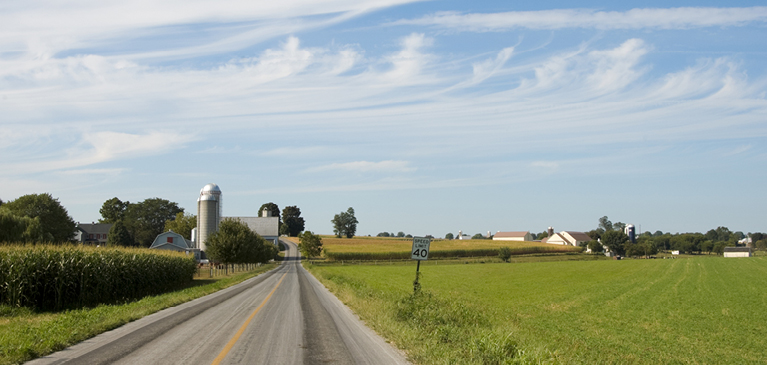
This past year has continued to be a challenge for the agriculture economy, with low commodity prices continuing to exert pressure on farm income. Grain and dairy in particular experienced a difficult year with revenue down while input prices remained largely steady. An excess supply of most commodities has kept prices down, and only those farmers able to produce either high yields for grains or high quality, efficient production of milk are maintaining profitability.
Fortunately, most producers built strong balance sheets over the past ten years when commodity prices, on average, were relatively high. While some farmers put the increased net income toward expansion or new business initiatives, many shored up their working capital and equity, placing them in a strong position to weather the current economic environment. For those GreenStone customers significantly impacted by the drop in commodity prices, we have been able to work with many of them to rebalance their loan packages to more closely match current cash flows. As a result, our credit quality remains solid, ensuring that we will continue to be able to provide for our customer-owners’ financial needs.?
Overall, the economic situation in the U.S. is improving, with very low inflation and a low unemployment rate at 4.1 percent. As a point of comparison, the unemployment rate in 2009 hit 10 percent. If the low unemployment level persists, with the associated competitive labor market, some producers may face the need to increase salaries to retain their experienced employees, which will, in turn, increase their operational costs at a time when revenue is declining. To stay profitable, producers will need to find further efficiencies or ways to increase revenues.
The Federal Reserve has been carefully managing short-term interest rates, striving to avoid a recession. At the same time, the Federal Reserve’s commentary indicates that it is working toward a slightly higher inflation level of 2 percent. To that end, throughout 2017 it continued to increase short-term interest rates, including a recent December increase in the federal funds rate from 1.25 percent to 1.50 percent, the third increase in 2017 and the fifth since it started raising rates in December 2015. Looking forward, the Federal Reserve has made clear that it intends to continue the course of slowly increasing this benchmark rate through 2018.
It seems likely that, while the overall economy will remain strong, the agriculture commodity market will remain stressed in 2018, with surplus supply leading to low prices on many of our commodities including corn, soybeans, wheat, and milk. At the same time, while input costs are expected to decrease, they do not often drop as quickly as commodity prices. To remain viable and survive these tight margins, producers will need to reduce operating and family living costs as much as possible.
We expect land prices to experience a modest decline in our territory due to commodity price levels and because there is not a significant demand for farm expansion given the expected low revenues.
With an estimated 30 percent of net farm income tied to international trade, it is critical for agriculture that the U.S. keeps its trade lines open. Major trade alliances like the North American Free Trade Agreement are certainly cornerstones of the country’s trade policy. We do not want our trade partners to even consider looking elsewhere, like Russia or powerhouse producing countries in South America, for the products we currently provide. The value of the dollar is also very important to U.S. exports. With the value of the dollar declining approximately 8 percent in 2017, exports of U.S. products were supported as U.S. goods became more affordable for purchasing nations.
Currently, there are certainly challenges to individual agriculture sectors, like cash grain and dairy. However, it is important to note that Michigan enjoys broad agricultural diversity, including timber producers, hog producers and fruit growers, so the overall state agriculture economy will continue to be stable. Similar diversity in GreenStone’s portfolio also translates to a strong financial cooperative well positioned to serve our customer-owners.


